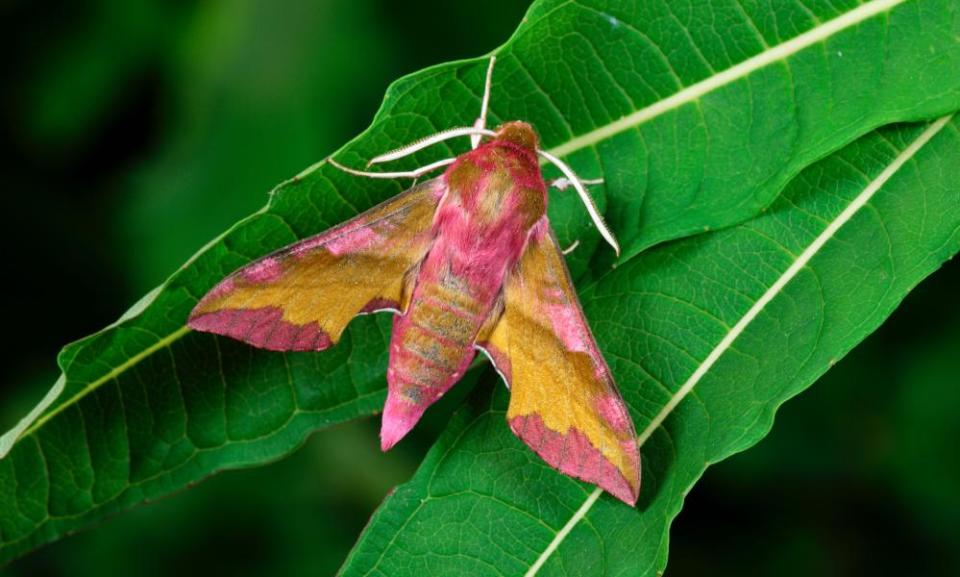The Guardian view on moth-watching pleasure: the pest and the beauty

“Night opens; night traversed by wandering moths; night hiding lovers roaming to adventure.” So runs a rapturous passage in Virginia Woolf’s The Waves, a novel she had originally considered titling The Moths. The insects are a recurring theme in the book – moths dashing themselves against windows, moths darting between candles on a summer’s night. In her essay The Death of the Moth, she describes an insect trapped in her window: “Watching him, it seemed as if a fibre, very thin but pure, of the enormous energy of the world had been thrust into his frail and diminutive body.”
Woolf’s identification of this little invertebrate with a vital but fragile life force takes on great poignancy with the charity Butterfly Conservation’s publication of its report The State of Larger British Moths. The study, the first comprehensive account of the insects produced by the organisation since 2013, makes for sobering reading. Over the past 50 years, moth abundance has declined by a third in Britain. This stark change is attributable, say the researchers, to agricultural practices, habitat loss, light pollution and, above all, global heating.
The UK has 59 species of butterfly. Many Britons treasure the first sight of a comma in spring, or the high-summer delight of a painted lady. Moths, though, are their more secretive cousins, often nocturnal, and much, much more various. There are over 900 species of larger moths in Britain – before one even considers the bewildering variety of tiny micro-moths. From now, through to October, moths will haunt gardens; they can be captured overnight humanely (and of course released in the morning) using a moth trap, a practice that enjoyed increased popularity last summer.
Some bemoan their appetite for pantry goods or woollen jumpers. But to observe moths is to observe beauty, sometimes subtle, sometimes flamboyant (think of the elephant hawk-moth’s spectacular patterns). We have the inventiveness of Victorian naturalists to thank for their poetic, enchanting names. There is the poplar lutestring, the red-necked footman, the vapourer, the shark, the vestal and the streamer. The gold spangle has dusky wings brightened by a shimmering flash, as if a couturier had applied a touch of gold paint to a dark velvet gown; the setaceous Hebrew character bears a distinctive dark scribble that recalls a letter from the Hebrew alphabet; the peach blossom looks as if a shower of miniature petals has wafted down on to its dark brown wings.
It is unsurprising, given these insects’ wonderful diversity, that the account offered by the report is complex. Some species have disappeared completely from the British Isles (the libretto of Harrison Birtwistle’s 2012 choral composition Moth Requiem movingly commemorates dwindling or disappeared species). A few have increased in number; some have arrived from elsewhere. A sighting of the smart cream-and-camel box-tree moth, accidentally introduced to England from Asia in 2007, would not spell good news to the grower of box hedges. But the overall trend is clear, and it is desperately worrying. Cleaner air, reversal of habitat damage and restoration of biodiversity are crucial – for our moths, our climate and our wellbeing.

 Yahoo Finance
Yahoo Finance 